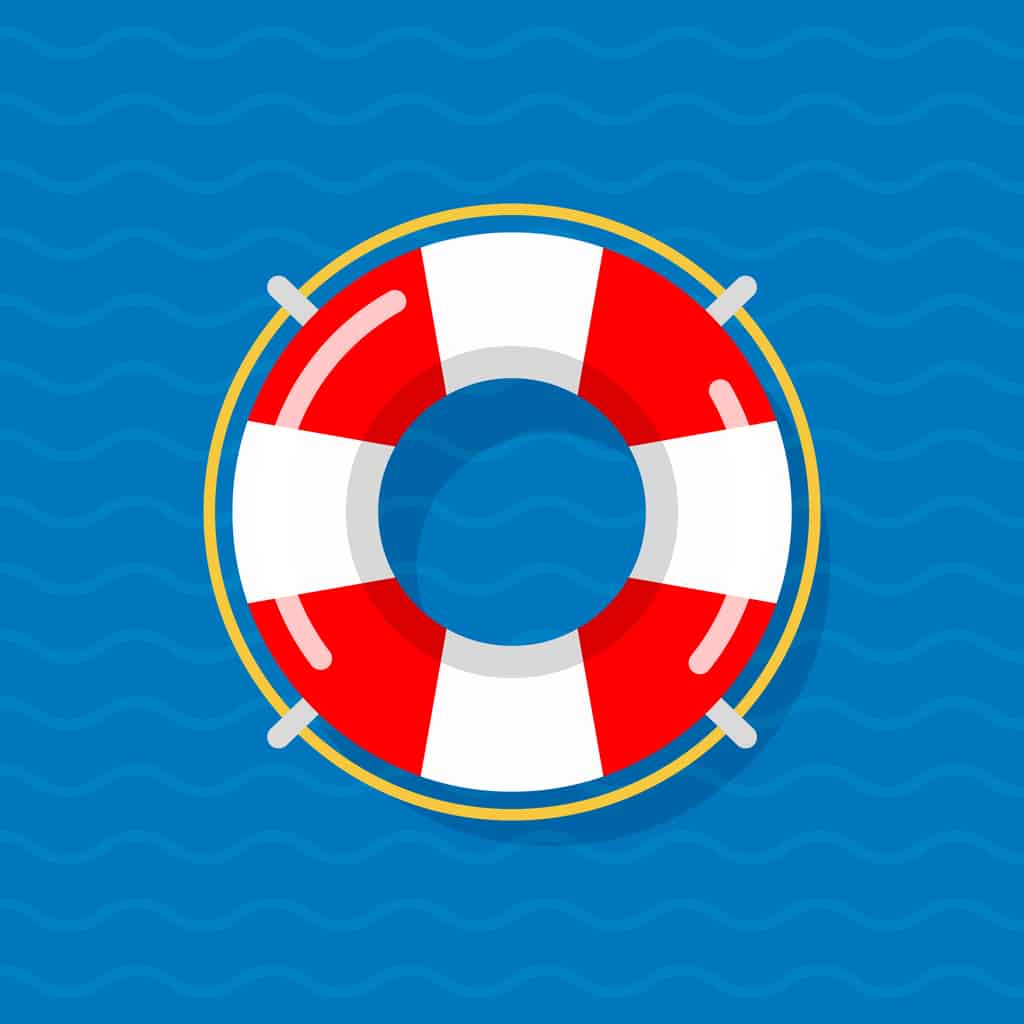SwimSafe – Water safety for children
The most important facts in short
Prerequisites
7 years old
Completed Crocodile course level (start with Polar Bear level)
Interest in safety on and in the water
Course content
Water Safety
Rescue techniques
Swimming rules
Water safety check (WSC)
In our water safety course, children learn important techniques and behaviour for dealing with emergencies in the water. Our focus is on ensuring that they can rescue themselves from dangerous situations and know how to react appropriately to emergencies. Participants must have completed at least the ‘Crocodile’ level, be 7 years old and have an interest in safety in and around water. We offer intensive training during our summer holiday courses, covering topics such as rescue techniques, swimming rules and self-rescue based on the principle of ‘rescue at lowest risk’. Our experienced team teaches the necessary skills in a safe and professional environment so that children can have fun and be safe in the water.

and now in a little more detail…
The safety course focuses on various aspects of water safety. Participants are trained in how to behave appropriately in the event of problems in the water. Over a period of five days, they work on various topics, including the WSC itself, rescue techniques and swimming rules. Particular emphasis is placed on self-rescue according to the principle of ‘rescue at lowest risk’ and on how to react when other people are in distress without putting themselves in danger.
The water safety check (WSC) is an important part of our safety course and offers children the opportunity to improve their skills in the water. If the children have not yet completed the WSC, they can complete it with us. This check includes various exercises, tumbling into the water, staying afloat for one minute, swimming 50 metres and getting out of the water. The WSC is an integral part of our course, which aims to ensure the safety of participants in and around the water.
We offer the children the opportunity to familiarise themselves with various self-rescue techniques. These techniques teach them how to deal with an emergency situation appropriately. Our courses prioritise teaching participants not only how to swim safely, but also how to keep themselves safe in the water. By mastering these self-rescue techniques, they gain self-confidence and know how to react in critical situations to protect themselves.
If the children already have sufficient swimming skills, we will show them simple towing techniques. However, these techniques are more for entertainment and are only performed for fun in a safe indoor pool environment. It is important to emphasise that these techniques are not intended for rescue in emergencies, but merely to make swimming more fun and to boost children’s confidence in the water. we want to ensure that all activities take place in controlled and safe environments.
At the end of the course, participants receive a certificate confirming their participation and that they have learnt the techniques and behaviours taught.





